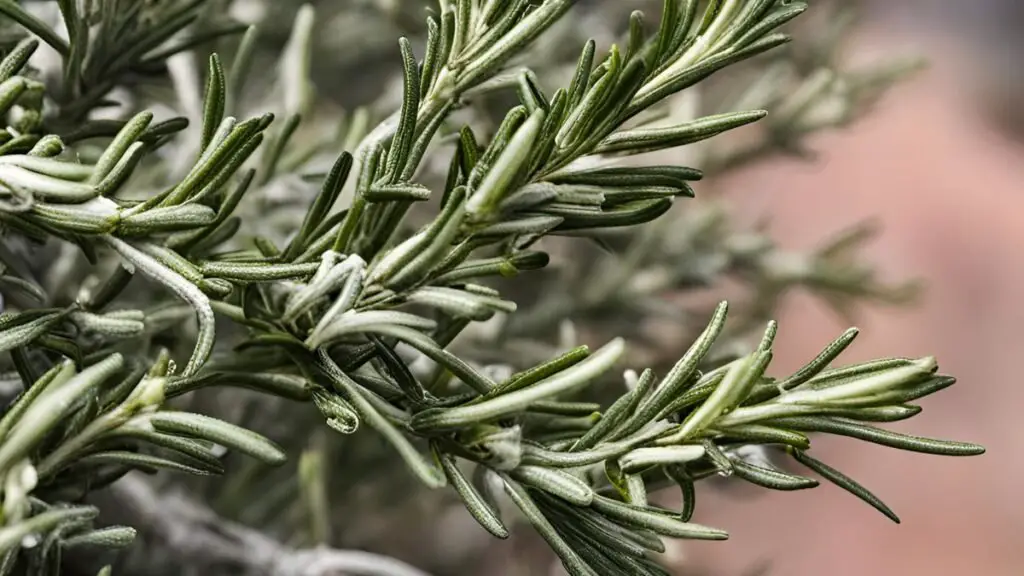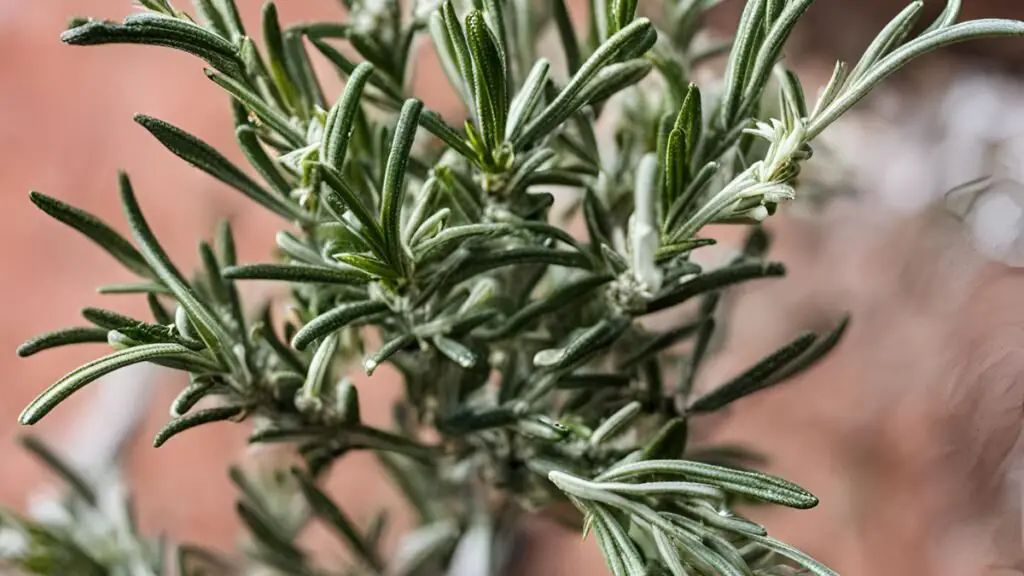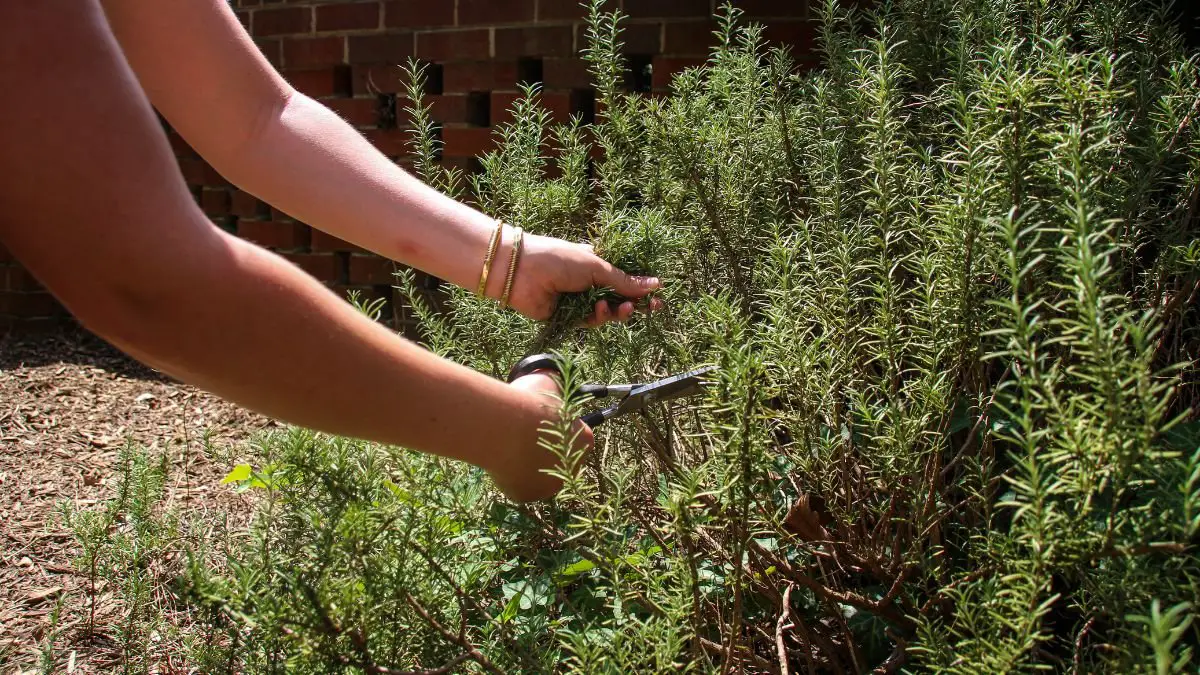If you've noticed your rosemary plant wilting and browning, you might be wondering, "Why is my rosemary plant dying?" Several factors could be at play, such as overwatering, inadequate sunlight, or poor soil drainage. Understanding the reasons behind your struggling rosemary, like brown foliage, can help you take the necessary steps to revive it and many plants.
Understanding Root Rot in Rosemary
Recognizing Symptoms
Yellowing leaves and a foul smell are key indicators of root rot in rosemary plants. Brown or black lesions on the roots signify a fungal infection, further confirming the issue. Wilting or drooping of rosemary leaves can also signal the presence of root rot.
Exploring Causes
Excess moisture in the soil is a primary cause of root rot in rosemary plants. This waterlogged environment creates the perfect breeding ground for fungal pathogens like Phytophthora, which can attack the plant's roots. Poor drainage exacerbates the situation, contributing to the decline in rosemary health.
Diagnosing Rosemary Health
Identifying Overwatering Signs
To check for overwatering, feel the soil an inch below the surface regularly to ensure it's not constantly wet. Look out for wilting leaves despite consistent watering, as this could indicate excess moisture. Be wary of any waterlogged appearance in the soil, which can suffocate the roots.
Spotting Underwatering Issues
Underwatering can be detected by observing dry and brittle rosemary leaves, signaling a lack of water intake. Keep an eye out for leaf curling or browning, which are common symptoms of insufficient watering. If you notice wilting and drooping leaves despite infrequent watering, your rosemary may be suffering from dehydration.

Checking for Pest Infestations
When inspecting for pests on your rosemary plant, look for visible pests such as spider mites or aphids crawling on the leaves. Be alert to any signs of webbing or stippling on the foliage, indicating a pest problem that needs attention. Take a closer look at the undersides of leaves where tiny insects like mites often hide and feed on the plant.
Treating Root Rot Effectively
Fixing Watering Issues
Adjust watering frequency based on soil moisture levels. Properly drain excess water to prevent root rot. Using a self-watering pot can help regulate moisture.
Managing Soil and Pot Care
Repot rosemary in well-draining soil to enhance root health. Opt for a pot with drainage holes to avoid waterlogging. Ensure the pot size matches the plant's root system.
Dealing with Pests Properly
Combat rosemary pests using neem oil or insecticidal soap. Introduce beneficial insects like ladybugs for natural pest control. Try natural remedies such as garlic spray to deter pests effectively.
Preventing Future Root Rot
Adjusting Watering Practices
- Monitor soil moisture regularly to prevent overwatering.
- Water rosemary sparingly to maintain optimal moisture levels.
- Use pots with drainage holes to ensure proper water drainage.
Enhancing Air and Sunlight
- Place rosemary in a sunny spot with good air circulation.
- Rotate the plant occasionally for even sunlight exposure.
- Avoid drafty or excessively humid locations for your rosemary plant.
Balancing Soil pH
- Test soil pH using a pH meter or testing kit for accuracy.
- Adjust soil pH with amendments like lime or sulfur if necessary.
- Consider using acidic soil mixes specifically designed for rosemary growth.
Special Considerations
Handling Frost Damage
Protect rosemary from frost by bringing it indoors during cold spells. Cover the plant with a frost cloth or blanket during freezing temperatures. Avoid pruning frost-damaged parts until the danger of frost has passed.
Addressing Browning Concerns
Address browning concerns by checking for root rot or fungal infections. Trim affected brown areas to promote new growth. Consider adjusting watering practices to prevent further browning.
Advanced Care Tips

Ensuring Adequate Sunlight
Rosemary plants require 6-8 hours of sunlight daily for optimal growth and health. This ensures proper photosynthesis. To prevent sunburn on one side, it is essential to rotate the plant regularly, promoting even exposure. Avoid placing rosemary close to heat sources like radiators or vents that can potentially scorch the delicate leaves.
Improving Air Circulation
Enhance air circulation around your rosemary plant by ensuring adequate spacing between plants. Pruning nearby vegetation helps maintain an open environment, allowing for better airflow and reducing humidity levels. Consider using a small fan set on low to gently enhance air movement around the plant.
Frequently Asked Questions
Repotting Rosemary Plant
Repot struggling rosemary plants every two years to provide ample space for root growth. Choose a well-draining potting mix and a container with drainage holes.
Over time, the roots can become overcrowded, leading to stunted growth. Repotting allows the roots to spread out and absorb nutrients more efficiently.
Identifying Watering Issues
To differentiate between overwatering and underwatering in rosemary, check the soil moisture level. Insert your finger into the soil up to 1 inch deep; if it feels dry, water thoroughly.
Yellowing leaves indicate overwatering, while drooping and dry leaves suggest underwatering. Adjust watering frequency based on the plant's needs.
Natural Pest Remedies
Prevent pest infestations on rosemary by spraying a mixture of water and neem oil. Neem oil acts as a natural insecticide, deterring pests like aphids and spider mites.
Another effective remedy is introducing beneficial insects like ladybugs to feed on harmful pests without harming the plant.
Summary
By understanding root rot in your rosemary plant, diagnosing its health, treating and preventing root rot effectively, considering special factors, and implementing advanced care tips, you can ensure the well-being of your plant. Remember to monitor your plant regularly, provide adequate drainage, avoid overwatering, and maintain proper air circulation. Your proactive approach to caring for your rosemary will help it thrive and flourish in your garden. For more detailed information or specific queries, refer to the frequently asked questions section.
Remember that a healthy rosemary plant not only enhances the aesthetics of your garden but also provides fresh herbs for culinary delights. Stay vigilant, follow the guidelines provided, and enjoy a flourishing rosemary plant in your home. Your dedication to proper care will yield a robust and vibrant herb that you can enjoy for various purposes.
Frequently Asked Questions
Why is root rot common in rosemary plants?
Root rot in rosemary plants is common due to overwatering, poor drainage, or using containers without proper holes. Excess moisture leads to fungal growth, causing roots to decay and the plant to wilt.
How can I save my rosemary plant from root rot?
To save a rosemary plant from root rot, carefully remove it from the soil, trim off affected roots, replant in well-draining soil, and adjust watering frequency. Ensure the pot has drainage holes and avoid waterlogging.
Can I propagate a healthy rosemary plant to prevent root rot?
Yes, you can propagate a healthy rosemary plant by taking stem cuttings and rooting them in water or well-draining soil. This allows you to grow new plants from a disease-free source and minimize the risk of root rot.
What are signs of root rot in rosemary plants?
Signs of root rot in rosemary plants include yellowing leaves, wilting despite sufficient water, foul odor from the soil, and blackened or mushy roots. Inspect the roots carefully for any soft or discolored areas.
How often should I water my rosemary plant to prevent root rot?
Water your rosemary plant only when the top inch of soil feels dry to the touch. Allow excess water to drain out completely and avoid leaving the plant sitting in standing water. Adjust watering frequency based on environmental conditions.
Image Source: Paid image from CANVA





